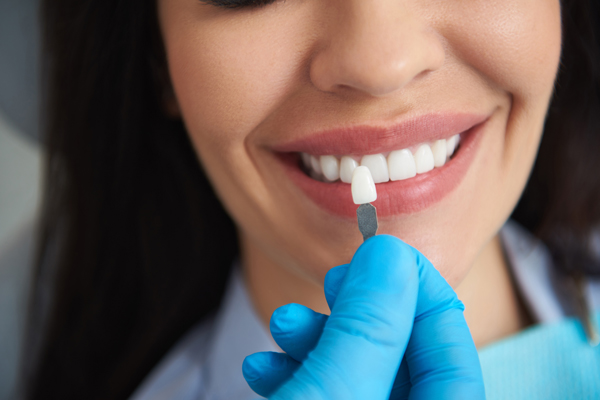What is Dental Laser Therapy?

Dental laser therapy uses cutting-edge technology that has transformed the field of dentistry by providing less invasive and more precise treatment options. This innovative approach uses focused light energy to perform various dental procedures with increased comfort and efficiency. From treating gum disease to accelerating teeth whitening, dental laser therapy offers numerous benefits over traditional methods.
Understanding the science behind dental laser therapy
The United States Food and Drug Administration, or FDA, approved lasers for dentistry in 1990. According to the National Library of Medicine, a dentist can use them independently or in conjunction with traditional treatment methods. Dental laser therapy targets a specific point or tissue in the mouth and delivers light energy for a dentist-specified amount of time. The lasers may act as cutting instruments or as vaporizers. As a result, any tissue it comes in contact with will either be removed or significantly altered.
Benefits of dental laser therapy
Due to the nature of dental laser therapy, numerous benefits far outweigh the disadvantages. Some benefits when compared to traditional treatment methods include:
- Considered minimally-invasive
- Reduces the need for anesthesia
- Reduces chances of discomfort during treatment
- Reduces recovery times
- Reduces bleeding during soft tissue treatments
- Reduces swelling after soft tissue treatments
- Reduces risks of infection
- It may reduce dental anxiety in some patients
Ideal candidates for dental laser therapy
A general dentist can utilize dental laser therapy for a plethora of treatments. However, the dentist will still need to ensure each patient is ideal. Fortunately, almost everyone is physically considered an ideal candidate. However, the dentist will still have a consultation to understand each patient's goals for the treatment and set realistic expectations. They will also ensure the patient is willing to follow instructions to promote successful treatment outcomes, which may include changing oral hygiene practices or products, smoking or tobacco cessation, and altering diets—depending on what dental laser therapy is treating.
Common procedures that involve dental laser therapy
Dentists use dental laser therapy for various treatments, ranging from corrective and preventative to cosmetic. Some of the most common procedures that solely or partially benefit from dental lasers include:
- Cold sore treatments
- Gum contouring or lifting
- Gum disease treatments
- Infection and decay removal
- Teeth whitening
The dentist will perform a physical examination and order diagnostic imaging (X-ray) to determine how they will use dental laser therapy. This can also help determine how many appointments are necessary, whether an anesthetic is necessary, and whether traditional tools will be needed in conjunction with the dental lasers. Dedicated to providing a calm, positive experience, the dentist will encourage patients to ask questions during this time to ensure there is no uncertainty before performing the patient's unique treatment plan.
Schedule a consultation
Dental laser therapy has significantly advanced dental treatment by offering a more comfortable and efficient alternative to conventional techniques. By minimizing pain and reducing healing times, it enhances the overall patient experience. If you want to learn your options for your next dental procedure, contact our San Francisco office and schedule a consultation.
Request an appointment here: https://www.gearydental.com or call Geary Dental Center at (415) 702-1310 for an appointment in our San Francisco office
Check out what others are saying about our dental services on Yelp: Laser Dentistry in San Francisco, CA.
Recent Posts
Laser dentistry is an alternative to conventional dental treatments. These modern methods offer patients less invasive and more precise procedures. Laser dentistry prioritizes patient comfort while reducing healing time compared to traditional dental methods.Laser dentistry uses focused light energy to treat a variety of dental conditions. There are two primary types of dental lasers: hard…
When people experience cavities, the resulting pain can interfere with eating and flare up when the cavity comes in contact with hot or cold foods. A laser dentist can assist with repairing cavities depending on their severity and in a way that reduces the pain typically associated with such a procedure. Those who want to…
A cosmetic dentist considers several factors when designing a patient's smile makeover plan. The goal of the plan is to improve the overall appearance of the smile. By considering relevant factors such as the patient's goals and health, the dentist can craft a customized cosmetic procedure plan to give the patient the desired results.The process…
While dentists strive to save natural teeth whenever possible, certain situations may require tooth extractions to preserve oral health. When severe damage, decay, infection, or other oral health issues threaten the health of your smile, an extraction can save it. It is important patients recognize the signs of trouble and seek treatment promptly.Extensive tooth decay…


